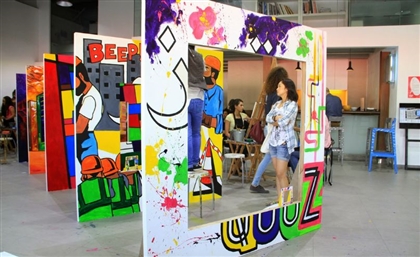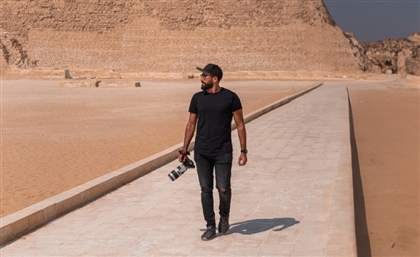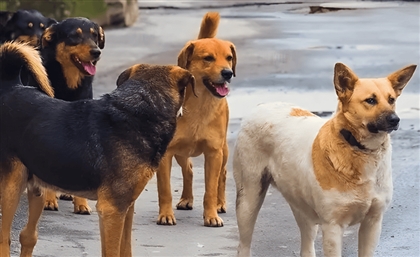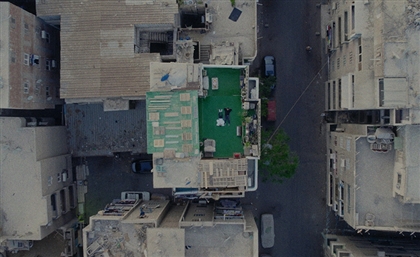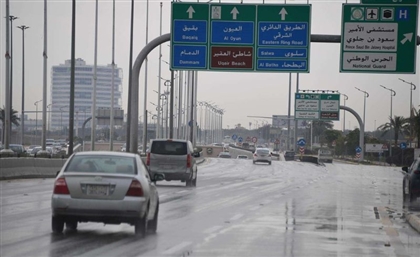This is Not Your Grave: Palestinian Exhibit Shows Resistance in Design
Palestinian artist Dima Srouji joins SceneNowUAE for a conversation about her new Dubai exhibit, and how architecture can build a safe space for resistance and liberation.
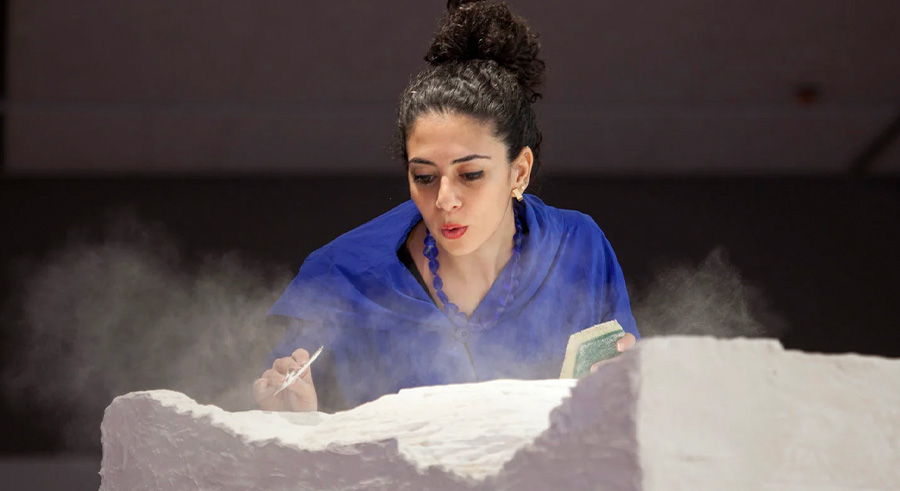
Look through Dima Srouji’s portfolio and you will find a multitude of projects in an impressive range of forms – blown glass, short films, charts, original texts, sculptures and photos are just some of the mediums this artist uses to explore questions of cultural heritage. In her new Dubai exhibit,‘This is Not Your Grave’, the Palestinian artist and architect allows visitors to step into the spaces where she sheltered from the bombs of the first and second intifada. In three installations constructed for Alskeral Avenue’s 2024–2025 public art commission, Srouji recreates the emotional safety her family provided in a childhood under occupation. In doing so, the Yale-educated architect complicates the idea of a “safe space” as she shows the ways that architecture can be both places of refuge and tools of oppression.
Srouji’s relationship with architecture stretches back generations. When asked what made her want to be an architect, Srouji laughed. “I’m not sure I had a choice, really. It’s in my blood.”
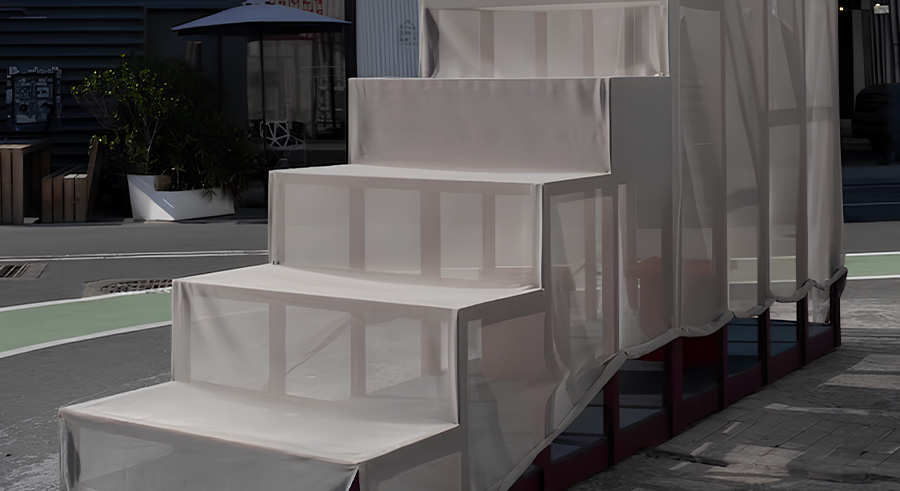 Srouji’s great grandfather, Gabra Khamis, was the first registered architect in Palestine. He designed buildings throughout Jerusalem and beyond, including Dima’s elementary school. Dima’s mother, Suha Khamis, followed in his footsteps. Some of her work has included the renovation of the historic city of Bethlehem. “The role that my family had in serving the Palestinian community through architecture was very present in my life as a child,” Srouji tells SceneNowUAE.
Srouji’s great grandfather, Gabra Khamis, was the first registered architect in Palestine. He designed buildings throughout Jerusalem and beyond, including Dima’s elementary school. Dima’s mother, Suha Khamis, followed in his footsteps. Some of her work has included the renovation of the historic city of Bethlehem. “The role that my family had in serving the Palestinian community through architecture was very present in my life as a child,” Srouji tells SceneNowUAE.
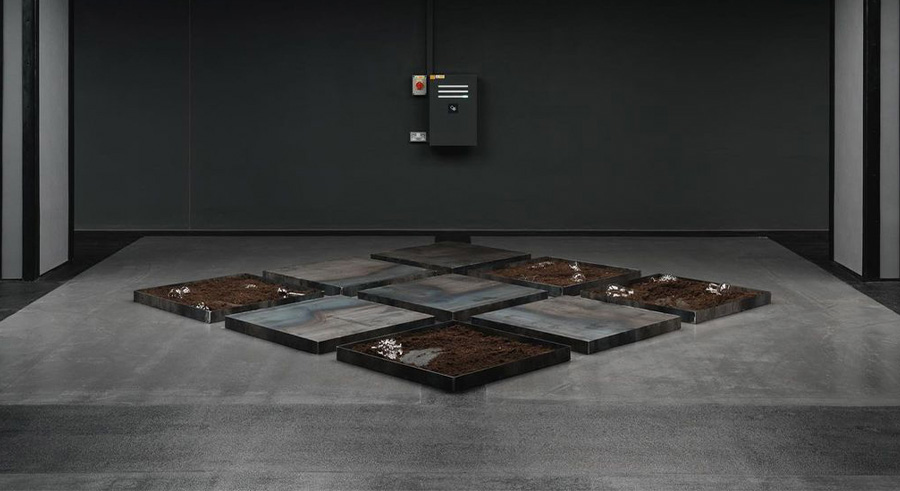 With her Alserkal Street exhibition, Srouji continues her family’s legacy of serving her community. ‘This is Not Your Grave’ was created to bring Dubai’s Palestinians together. Its title is a reference to Mahmoud Darwish’s poem, 'I Didn’t Apologize to the Well…'. The poem, like the title of Srouji’s exhibit, is both haunting and hopeful. To Srouji, it tells a story about processing grief by speaking to the world unseen, something she aims to share with the Palestinian diaspora in the UAE in the hopes that they may be able to find catharsis through the exhibit and each other.
With her Alserkal Street exhibition, Srouji continues her family’s legacy of serving her community. ‘This is Not Your Grave’ was created to bring Dubai’s Palestinians together. Its title is a reference to Mahmoud Darwish’s poem, 'I Didn’t Apologize to the Well…'. The poem, like the title of Srouji’s exhibit, is both haunting and hopeful. To Srouji, it tells a story about processing grief by speaking to the world unseen, something she aims to share with the Palestinian diaspora in the UAE in the hopes that they may be able to find catharsis through the exhibit and each other.
 The exhibit, located on Alskeral Avenue, an important place for Dubai’s Palestinian community, features three installations inspired by Srouji’s childhood memories of hiding from bombing in her childhood home. In the first piece, a bathtub is shown to be not just a bathtub, but a cleansing sanctuary. It is inspired by the memory of the bathtub in Srouji’s childhood home, where her family piled together when sudden bombings left them with no time to get downstairs. Farther along Alskeral Avenue, the space underneath a staircase doubles as a library – Srouji’s father brought Harry Potter books underneath the stairs, where he taught her how to read through ongoing bombardment. The third installation, a tunnel, is a representation of a neighbour’s cellar. In the exhibition, the tunnel doubles as a hearth, a testament to Srouji’s parent’s efforts to make the space as normal as possible through the dinners they held there, this normalcy its own act of resistance in the face of violence.
The exhibit, located on Alskeral Avenue, an important place for Dubai’s Palestinian community, features three installations inspired by Srouji’s childhood memories of hiding from bombing in her childhood home. In the first piece, a bathtub is shown to be not just a bathtub, but a cleansing sanctuary. It is inspired by the memory of the bathtub in Srouji’s childhood home, where her family piled together when sudden bombings left them with no time to get downstairs. Farther along Alskeral Avenue, the space underneath a staircase doubles as a library – Srouji’s father brought Harry Potter books underneath the stairs, where he taught her how to read through ongoing bombardment. The third installation, a tunnel, is a representation of a neighbour’s cellar. In the exhibition, the tunnel doubles as a hearth, a testament to Srouji’s parent’s efforts to make the space as normal as possible through the dinners they held there, this normalcy its own act of resistance in the face of violence.
 Srouji invites visitors into these spaces of her memory, giving a window into both the structural elements that make up a 'safe space' as well as the touches of her family – Srouji’s true shelter. When visitors step inside the installations, they find rich purple and red beams that are a nod to the complex symbolism of Palestinian clothing, which is dyed in times of mourning and celebration. The gauzy white fabric draped over these beams evokes a feeling of fragile peace, providing those who enter the installations a moment of respite and a place to reflect.
Srouji invites visitors into these spaces of her memory, giving a window into both the structural elements that make up a 'safe space' as well as the touches of her family – Srouji’s true shelter. When visitors step inside the installations, they find rich purple and red beams that are a nod to the complex symbolism of Palestinian clothing, which is dyed in times of mourning and celebration. The gauzy white fabric draped over these beams evokes a feeling of fragile peace, providing those who enter the installations a moment of respite and a place to reflect.
 Through this exhibition, Srouji is able to explore the tensions inherent in the, in her words, 'trendy' idea of a safe space. What makes a space safe? What are the limits of that safety? Hearing a story about a place where a father read Harry Potter to his daughter is so tender – until one remembers why father and daughter are under the stairs in the first place. “Genocide is a failure of architecture,” Srouji asserts, citing the photos of flattened buildings in Gaza. In Srouji’s eyes, these photos are a reminder that structures often fall short of their promises to protect and last.
Through this exhibition, Srouji is able to explore the tensions inherent in the, in her words, 'trendy' idea of a safe space. What makes a space safe? What are the limits of that safety? Hearing a story about a place where a father read Harry Potter to his daughter is so tender – until one remembers why father and daughter are under the stairs in the first place. “Genocide is a failure of architecture,” Srouji asserts, citing the photos of flattened buildings in Gaza. In Srouji’s eyes, these photos are a reminder that structures often fall short of their promises to protect and last.
“There is something about architecture that I’ve been thinking about since grad school, which is how architecture serves communities and its failure to serve us all,” said Srouji. “This is the first time I’ve addressed it directly.” This point is particularly important as the world watches the wholesale destruction of Palestinian hospitals, homes and schools. It will be even more pressing when it is time to rebuild Gaza, Srouji says.
 In exploring this topic, Srouji’s exhibit sheds light on the realities of building a life within structures that have been weaponized and controlled by a hostile state. But Srouji is careful to say that this act of exploration is not synonymous with change itself.
In exploring this topic, Srouji’s exhibit sheds light on the realities of building a life within structures that have been weaponized and controlled by a hostile state. But Srouji is careful to say that this act of exploration is not synonymous with change itself.
Similar to her observation that the seductive idea of a 'safe space' can obscure the factors that go into creating safety, Srouji notes a cognitive dissonance that can arise from mistaking Palestinian expression for Palestinian liberation – a dissonance that can confuse sympathy for the Palestinian people and solidarity with the Palestinian cause. While Srouji, who calls her studio a “liberation lab”, sees art as a way of ensuring that culture is not erased in the face of systemic violence, as well as a powerful tool for maintaining a cultural presence and processing collective trauma, she is hesitant to call it real change.
“Liberation is the actual physical act of being free,” Srouji says. “I truly hope that global empathy does have a change on the ground, but it’s too early to see. Someday, when we’re free, we’ll be able to see how it happened.”
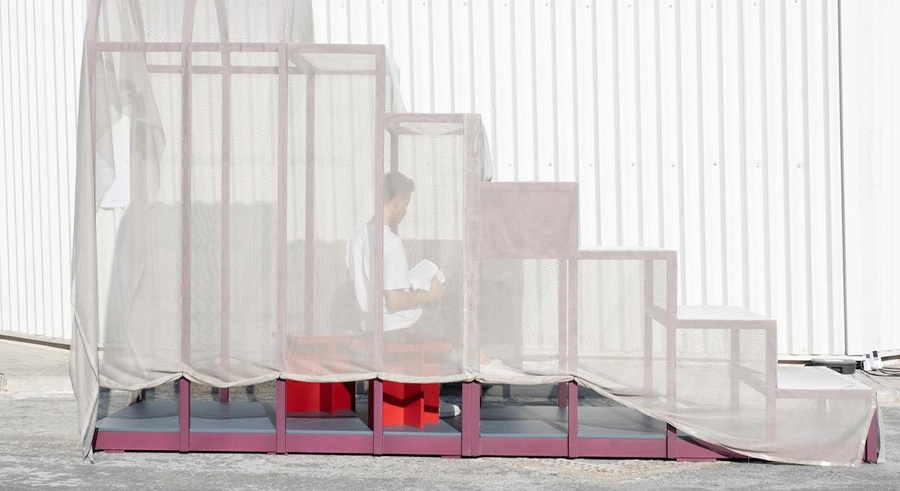 Dima Srouji’s exhibit 'This is Not Your Grave' is a part of 'Walk With Me', Alserkal Avenue’s 2024-2025 edition of Public Art Commissions. This exhibition will run until February 26th, 2025, and was curated by Zoe Whitley, director of Chisenhale Gallery in London. In addition to this exhibit, Srouji will be opening a solo exhibit at Dubai’s Lawrie Shabibi gallery called ‘Charts for a Resurrection’ at the end of April.
Dima Srouji’s exhibit 'This is Not Your Grave' is a part of 'Walk With Me', Alserkal Avenue’s 2024-2025 edition of Public Art Commissions. This exhibition will run until February 26th, 2025, and was curated by Zoe Whitley, director of Chisenhale Gallery in London. In addition to this exhibit, Srouji will be opening a solo exhibit at Dubai’s Lawrie Shabibi gallery called ‘Charts for a Resurrection’ at the end of April.
- Previous Article Italian-Palestinian Duo No Input Debuts Eponymous Electro EP
- Next Article Travel Across History on Egypt's Most Iconic Bridges
Trending This Week
-
Dec 12, 2025









